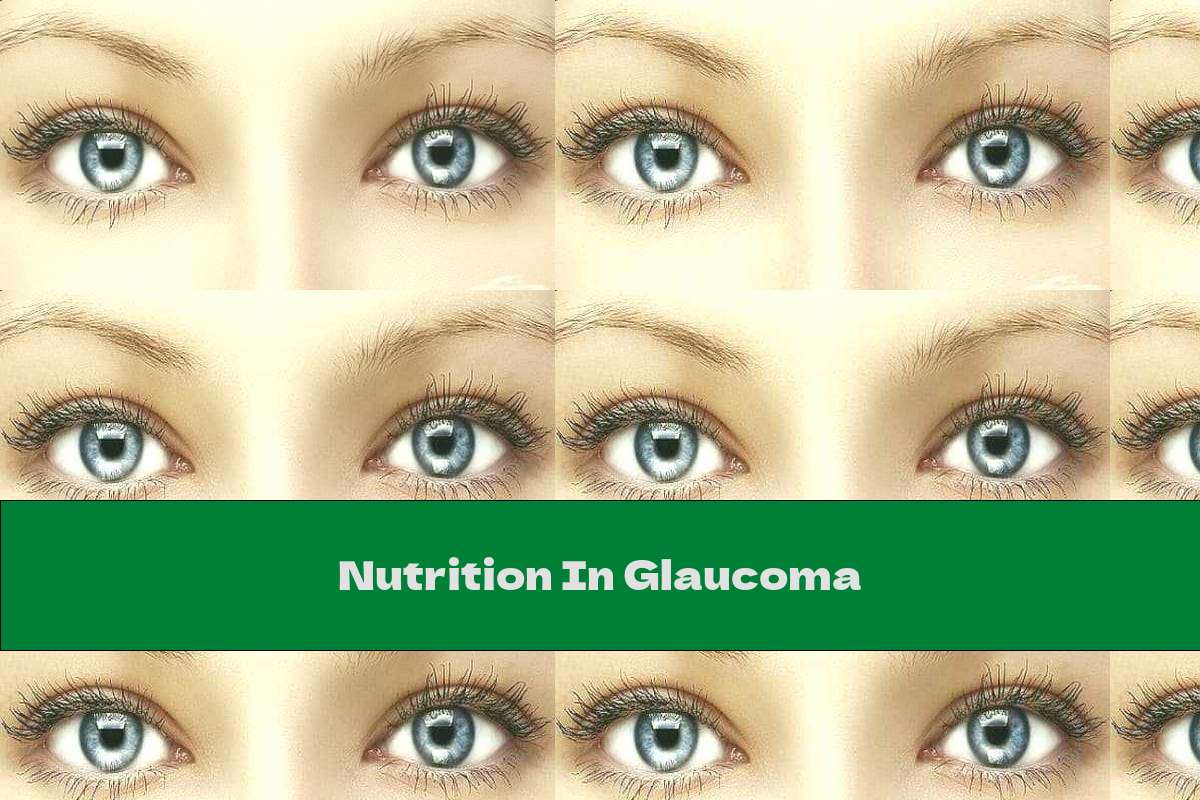Nutrition In Glaucoma
 Author: Mark Velov
Time for reading: ~1
minutes
Last Updated:
August 08, 2022
Author: Mark Velov
Time for reading: ~1
minutes
Last Updated:
August 08, 2022

CHAPTERS (Table Of Contents)
In this article, learn more about Nutrition In Glaucoma. Nutrition in glaucoma - useful and harmful foods.
Glaucoma is a chronic eye disease that can develop at any age, but is most common in the elderly.
Severe forms of glaucoma lead to blindness, which gives the disease a special character. It can be innate and acquired.
Causes of congenital glaucoma
The cause of glaucoma can be a variety of factors, such as genetic predisposition or embryonic and birth trauma. If during pregnancy the woman has suffered from infections such as mumps, syphilis, rubella, polio, this can provoke glaucoma in the fetus. Excessive alcohol consumption, poisoning, avitaminosis, radiation and injuries to the abdominal cavity during the embryonic period may also be a prerequisite for the disease.
Causes of acquired glaucoma
The main reason for the development of glaucoma in adults is the increased intraocular pressure, which leads to impaired blood supply to the visual organs and deformation of the optic nerve. In addition, the disease contributes to high blood pressure, the development of diabetes, osteochondrosis of the cervical spine, diseases of the immune system, myopia.
Useful foods for glaucoma
Properly selected menu is not unimportant in the presence of the disease. Foods should include vitamins and trace elements that help improve the metabolism in the optic nerve. Ophthalmologists usually prescribe an additional vitamin complex, including vitamins A, C, E and B - they help to slow the development of glaucoma.
Recommended products:- poultry, sea fish, leafy vegetables and vegetable fats - are rich in vitamin E;
- strawberries, citrus fruits, spinach, red peppers, asparagus, beets - contain large amounts of vitamin C;
- apricots, bananas, raw carrots - are a real source of vitamin A.
Patients suffering from glaucoma are advised to take dairy products, high-quality cooked sausages, cereals, soy products, lean fish and meat. It is best to eat in small portions, so the blood sugar level will remain stable during the day. Regular consumption of bilberry significantly reduces the frequency of glaucoma attacks and helps to improve visual acuity.
An ophthalmologist would help to properly compile the patient's menu.
Dangerous and harmful foods in glaucoma
Do not take more than 1.5 liters of water per day.
Minimize the presence of high-fat dairy products and easily digestible carbohydrates.
To completely exclude the consumption of:- alcoholic beverages;
- strong tea and coffee;
- semi-finished products;
- canned products;
- meat broths;
- smoked products;
- butter dough pastries.
Related Articles
- The Power of Food Combining: Enhancing Nutrition and Health
- The Ultimate Guide to 123 in Nutrition: Benefits, Recipes, and More
- The Nutritional Benefits of Boiled Codfish: Heart Health, Energy, and Immunity
- The Ultimate Guide to 123 in Nutrition: Benefits, Recipes, and More
- The Ketogenic Diet: A Comprehensive Guide to Keto Nutrition